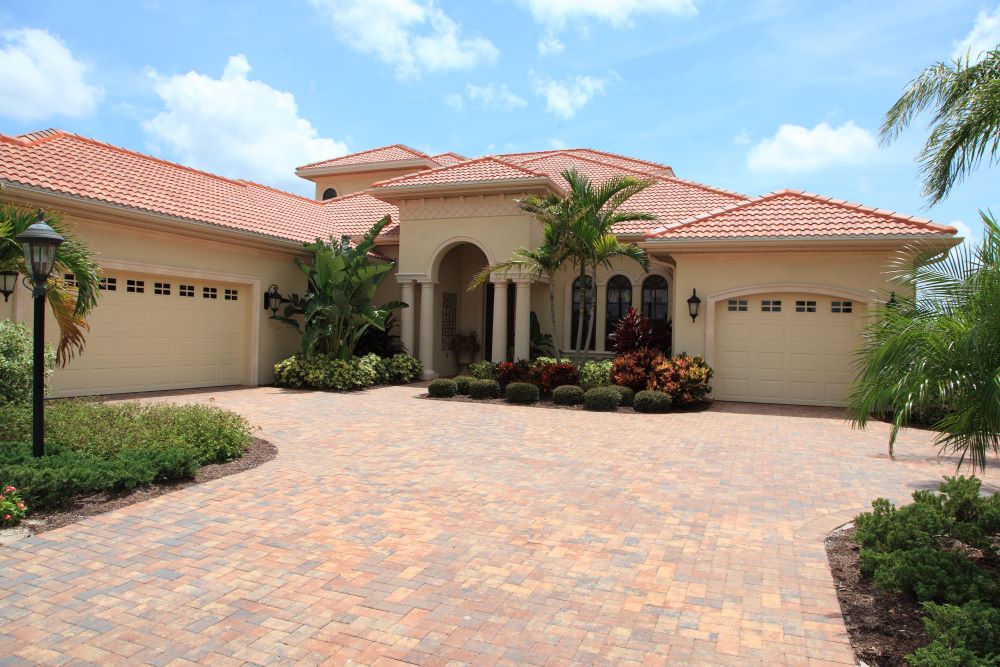OverviewSimplify. Save. Succeed.
Managing multifamily properties doesn’t have to be overwhelming. At Mayfair Property Management, we take the stress out of property ownership, giving you peace of mind and maximizing your returns.
Key Benefits of Professional Management
Boost Your NOI
With an investor’s perspective, we implement proven strategies to maximize your Net Operating Income—because it’s our obsession.
Boost Your NOI
With an investor’s perspective, we implement proven strategies to maximize your Net Operating Income—because it’s our obsession.
Boost Your NOI
With an investor’s perspective, we implement proven strategies to maximize your Net Operating Income—because it’s our obsession.
Boost Your NOI
With an investor’s perspective, we implement proven strategies to maximize your Net Operating Income—because it’s our obsession.
Connect with a specialist
Managed with Care, Grown with Trust
Discover how our expertise transforms multifamily property management into a seamless experience.
Follow Our Journey
Learn more about our approach and success stories on Instagram.
Maximize Your Multifamily Investment
Multifamily properties offer strong potential for higher returns and lower vacancy rates, making them an attractive choice for investors. With expert property management, you can unlock even greater profitability while minimizing the hassles of day-to-day operations.
Explore our latest insights on multifamily investing:

Fort Lauderdale Area Information
Fort Lauderdale (frequently abbreviated as Ft. Lauderdale) is a city in the U.S. state of Florida, 28 miles (45 km) north of Miami. It is the county seat of Broward County. As of the 2010 census, the city had a population of 165,521. It is a principal city of the Miami metropolitan area, which was home to an estimated 6,012,331 people at the 2015 census.
The city is a popular tourist destination, with an average year-round temperature of 75.5 °F (24.2 °C) and 3,000 hours of sunshine per year. Greater Fort Lauderdale which takes in all of Broward County hosted 12 million visitors in 2012, including 2.8 million international visitors. The city and county in 2012 collected $43.9 million from the 5% hotel tax it charges, after hotels in the area recorded an occupancy rate for the year of 72.7 percent and an average daily rate of $114.48. The district has 561 hotels and motels comprising nearly 35,000 rooms. Forty six cruise ships sailed from Port Everglades in 2012. Greater Fort Lauderdale has over 4,000 restaurants, 63 golf courses, 12 shopping malls, 16 museums, 132 nightclubs, 278 parkland campsites, and 100 marinas housing 45,000 resident yachts.
Fort Lauderdale is named after a series of forts built by the United States during the Second Seminole War. The forts took their name from Major William Lauderdale (1782–1838), younger brother of Lieutenant Colonel James Lauderdale. William Lauderdale was the commander of the detachment of soldiers who built the first fort. However, development of the city did not begin until 50 years after the forts were abandoned at the end of the conflict. Three forts named "Fort Lauderdale" were constructed; the first was at the fork of the New River, the second at Tarpon Bend on the New River between the Colee Hammock and Rio Vista neighborhoods, and the third near the site of the Bahia Mar Marina.

